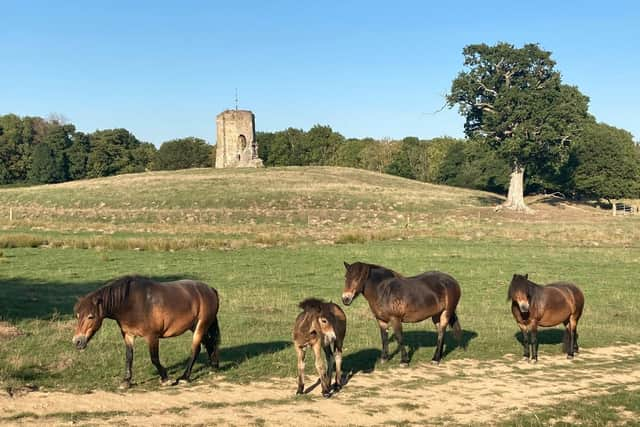Major re-wilding site near Horsham monitored from space for first time
and live on Freeview channel 276
Scientists at the Zoological Society London used long-term satellite data to monitor and evaluate the impacts of more than 20 years of nature restoration efforts at the Knepp Estate in West Grinstead – one of England’s longest running rewilding sites.
The Institute of Zoology, Imperial College London and the University of Sussex gathered satellite data and imagery such as those available from Google Earth to track changes in trees and shrubs from 2001 to 2020 across the 1,400-hectare Knepp Estate.
Advertisement
Hide AdAdvertisement
Hide AdAnd after scouring years of earth observation images across seasons, the team pieced together a picture of definitive nature recovery at the site, with results showing that rewilding efforts have led to a 40 per cent increase in areas with trees, and six times more shrubs than before the project started.


Following World War II, the Knepp Estate was used for intensive agriculture, but after this was deemed unprofitable, the owners turned it into a conservation site with selected areas open to the public.
Since then the estate - home to Isabella Tree and Charlie Burrell - has hosted a diversity of returning wild species including rare turtle doves, nightingales, peregrine falcons and purple emperor butterflies.
Rewilding - the process of rebuilding a functioning and self-sustaining ecosystem by restoring natural processes and food webs - is increasingly seen as an important tool to help repair damage to natural systems - the foundations of all life on earth.
Advertisement
Hide AdAdvertisement
Hide Ad